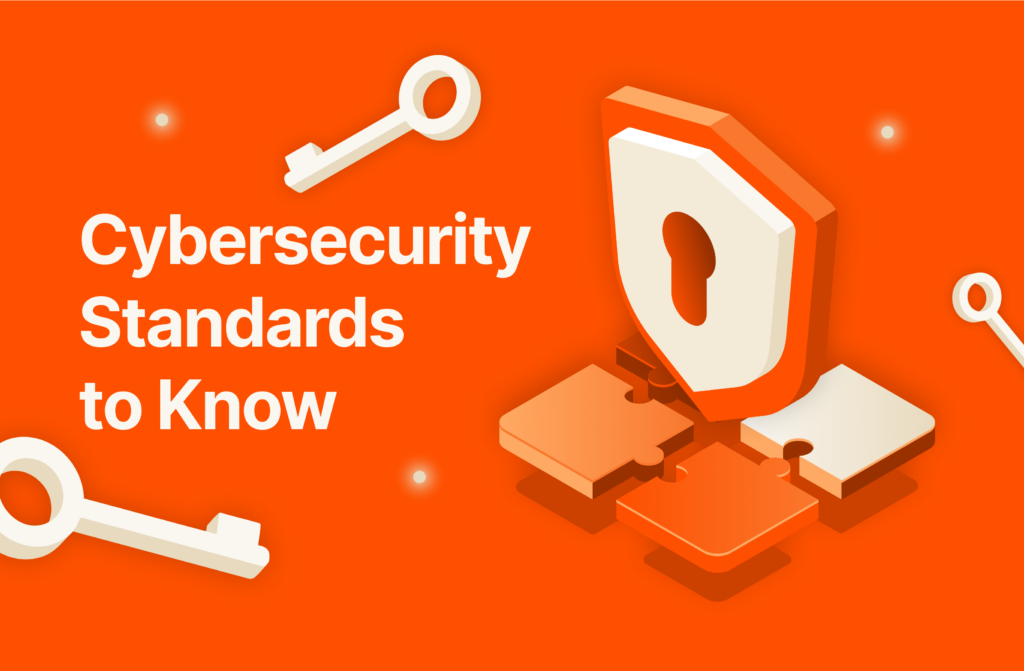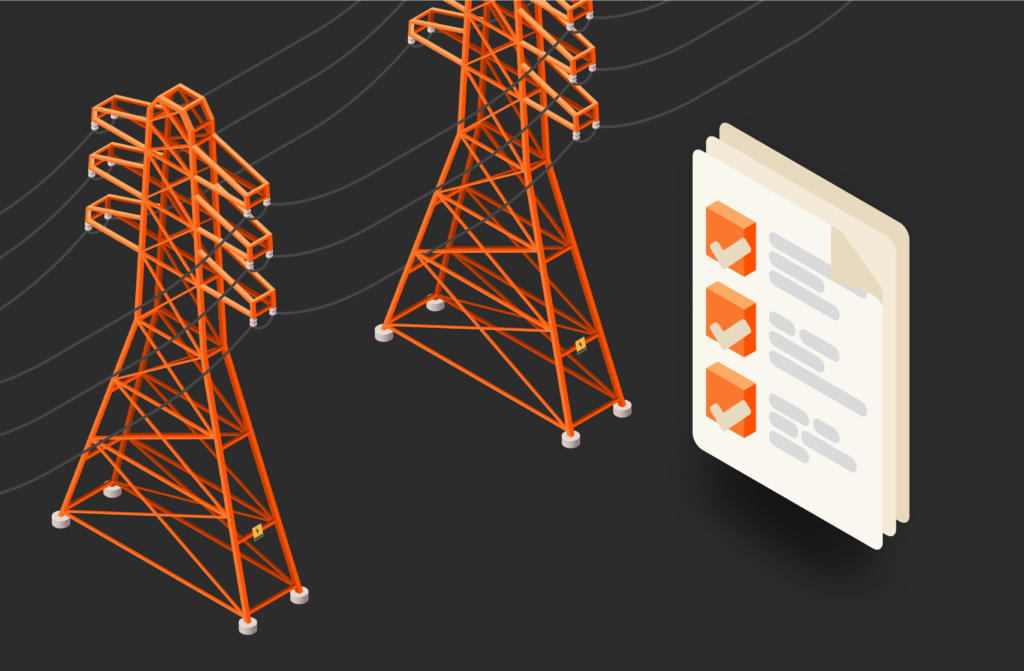Summary
The Pure Storage Security Assessment is a comprehensive evaluation tool that helps organizations identify and address vulnerabilities in their storage environment and offers actionable steps to help them reduce exposure to threats.
Ransomware is rapidly becoming one of the most pervasive and costly cyber threats facing businesses today. Organizations across industries—from healthcare to finance—are increasingly vulnerable as attackers evolve their methods to exploit critical data and infrastructure. The impact of ransomware can be devastating, leading to downtime, financial loss, and severe reputational damage.
Given these stakes, assessing an organization’s risk for ransomware is more crucial than ever. Proactively identifying vulnerabilities can help businesses not only prevent attacks but also prepare response plans in case of an incident.
One solution designed to help organizations understand and mitigate ransomware risks is the Pure1® Security Assessment. It gives companies a detailed evaluation of their security posture, highlighting specific areas of vulnerability and recommending measures to enhance resilience against ransomware threats.
Read on to learn what the Pure Storage Security Assessment is and how it works.
What Is the Pure Storage Security Assessment?
The Pure Storage Security Assessment is a comprehensive evaluation tool designed to help organizations identify and understand their unique ransomware risks and security vulnerabilities.
The assessment uses a combination of automated scans, expert insights, and data analysis to pinpoint weaknesses across storage environments and broader IT infrastructure. By analyzing factors such as data access controls, encryption practices, backup integrity, and disaster recovery plans, the Pure1 Security Assessment helps organizations uncover potential security gaps that could be exploited by attackers.
Some unique features of the assessment include:
- Customized recommendations: After identifying vulnerabilities, the assessment provides tailored recommendations on how to mitigate risks, strengthening specific weak points in the infrastructure.
- Continuous monitoring and updates: The assessment can be paired with ongoing monitoring services, allowing organizations to maintain up-to-date security as threats evolve.
- Integration with Pure Storage data protection solutions: The assessment is fully integrated with advanced data protection tools from Pure Storage, such as SafeMode™ snapshots, which provide immutable backups to protect against ransomware and unauthorized data deletion.
By offering these features, the Pure Storage Security Assessment not only helps organizations identify and address current vulnerabilities but also equips them with a roadmap for ongoing protection and resilience against future threats.
Steps to Assess Your Ransomware Risk with the Pure Storage Security Assessment
Using the Pure Storage Security Assessment is a straightforward process that provides organizations with a clear view of their ransomware risk and security posture. Here’s a step-by-step guide to help you navigate the assessment and maximize its effectiveness.
1. Preparation and prerequisites
Before starting the assessment, gather relevant information and ensure that your organization meets the following prerequisites:
- Data access permissions: Ensure your IT team has administrator-level access to your storage environment and related infrastructure, as this will allow the assessment tool to gather necessary data.
- Documentation of current security measures: Gather information on existing data protection, access control, and backup policies. This documentation will help the assessment provide a more accurate analysis of your security posture.
- Identify key stakeholders: Involve key stakeholders, including IT, cybersecurity, and compliance teams, to ensure they’re available to support the assessment process and review the results.
2. Initiate the assessment
To start the Pure Storage Security Assessment:
- Contact your Pure Storage representative or use the Pure Storage self-service portal to access the assessment tool.
- Schedule a kickoff meeting with Pure Storage’s cybersecurity consultants to discuss your specific security needs, challenges, and objectives for the assessment. This helps tailor the assessment to the unique aspects of your environment.
3. Automated security scanning
The Pure Storage Security Assessment includes automated scanning tools that analyze various aspects of your infrastructure, including:
- Data storage vulnerabilities: Scans to identify unprotected data and assess data access controls
- Configuration weaknesses: Checks configurations within your Pure Storage setup to ensure they align with security best practices
- Backup and recovery validation: Analyzes the integrity and resilience of backups, ensuring they’re configured to withstand ransomware attacks, including testing for immutability options such as SafeMode
These scans run automatically and provide an initial overview of high-risk areas that may require immediate attention.
4. Expert analysis and insight
Following the automated scans, Pure Storage’s cybersecurity experts review the results and conduct a deeper analysis of any identified risks. This expert insight includes:
- Risk prioritization: Experts categorize vulnerabilities by risk level, focusing on the most critical issues that could expose your organization to ransomware.
- Contextual recommendations: Analysts provide tailored recommendations based on your specific security needs and industry requirements. They may suggest implementing certain security measures, like network segmentation, data encryption, or stricter access controls, depending on identified vulnerabilities.
5. Generate a detailed report and action plan
Once the analysis is complete, the assessment generates a comprehensive report, which includes:
- Detailed findings: An in-depth breakdown of each identified vulnerability, explaining its potential impact and root cause.
- Actionable recommendations: A clear, step-by-step plan to address vulnerabilities, with prioritized actions to improve your ransomware defenses.
6. Implement recommendations and monitor progress
With the report in hand, work with your IT and cybersecurity teams to:
- Implement security enhancements: Follow the recommendations to enhance data protection, tighten access controls, and implement backup integrity checks.
- Set up ongoing monitoring: Pure Storage’s assessment tool allows you to monitor your security posture continuously, helping your organization remain resilient as new threats emerge.
7. Schedule regular assessments
Ransomware threats are continually evolving, so it’s essential to conduct regular security assessments to maintain a robust security posture. Pure Storage recommends scheduling follow-up assessments at least annually—or more frequently if your organization experiences significant changes to its IT infrastructure or storage environment.
By following these steps, your organization can use the Pure Storage Security Assessment to comprehensively evaluate its ransomware risk, address vulnerabilities, and stay proactive against future threats.
Analyzing the Results of the Pure Storage Security Assessment
After completing the Pure Storage Security Assessment, understanding how to interpret the results is essential to effectively address and mitigate ransomware risks. The assessment report is structured to provide both a high-level overview for executives and a detailed breakdown for IT and security teams, making it easy to identify areas that require attention.
The report categorizes findings by risk level, providing insight into the severity of each vulnerability. Here’s how to interpret these different risk levels and what they mean for your business:
Critical Risks
Critical risks are the most severe and require immediate action. These vulnerabilities could provide direct access points for ransomware attacks or prevent effective recovery from an incident. Examples of critical risks include unencrypted sensitive data, inadequate access controls, missing backups, or outdated software with known vulnerabilities.
If unaddressed, critical risks may lead to significant operational disruptions, financial losses, and reputational damage. Prioritize resolving critical risks as soon as possible. Consider implementing measures like patching vulnerable systems, enabling SafeMode for immutable backups, and restricting access to sensitive data.
High Risks
High risks are serious vulnerabilities that don’t pose an immediate threat but could be exploited under certain conditions. Examples of high risks include weak data protection policies, misconfigured security settings, or backups that aren’t properly isolated from production environments.
High risks can significantly increase your exposure if not addressed, making ransomware incidents more challenging to prevent and contain. Address high risks promptly after critical vulnerabilities. This may include enhancing backup protection, revisiting network segmentation, or improving user access controls.
Medium Risks
Medium risks represent moderate vulnerabilities that may be less likely to be targeted but still contribute to your overall risk. Examples include older hardware with weaker security configurations, basic misconfigurations, or less secure protocols.
These vulnerabilities may not directly lead to ransomware attacks but can weaken your overall defense, making it easier for attackers to exploit other, more critical gaps. Plan to address medium risks as part of ongoing security enhancements. Prioritize them after critical and high risks, but ensure they are not overlooked as part of a comprehensive security strategy.
Low Risks
Low risks are minor vulnerabilities that pose minimal immediate threat. Examples include minor configuration improvements or less critical systems that may not be in direct contact with sensitive data.
While low risks are unlikely to lead to major security incidents, addressing them can still strengthen your security posture over time. Include these in your longer-term security roadmap to achieve a more resilient infrastructure. Address them when feasible, often as part of regular maintenance cycles.
Best Practices for Enhancing Data Security and Reducing Ransomware Risk
In addition to using the Pure1 Security Assessment, all companies should follow basic ransomware best practices, which include:
- Following the 3-2-1 backup rule: Maintain at least three copies of your data, stored on two different types of media, with one copy kept offsite or offline. This helps ensure data availability even in the event of a major ransomware incident.
- Regularly auditing security policies and access controls: Periodically review security policies and access permissions to ensure they remain aligned with organizational needs and evolving threats.
- Leveraging threat intelligence and threat hunting: Stay updated on the latest ransomware trends and threat intelligence. Conduct threat-hunting activities to identify potential indicators of compromise proactively.
- Adopting a zero-trust security model: Implement Zero Trust principles by requiring continuous verification for all users and devices accessing your systems, minimizing trust and thereby reducing ransomware exposure.
By combining these actions and best practices with Pure Storage security tools, your organization can effectively mitigate ransomware risks and build a resilient, proactive defense against evolving threats.
Conclusion
Ransomware is an ever-present and evolving threat to businesses across all sectors. Proactively assessing and managing ransomware risk is essential to safeguard sensitive data, maintain operational continuity, and protect your organization from the significant financial and reputational impacts of an attack.
The Pure Storage Security Assessment offers a comprehensive, customized approach to identifying and addressing vulnerabilities within your storage environment. By following actionable steps based on the assessment’s results—such as enhancing access controls, implementing immutable backups, and establishing robust incident response plans—organizations can significantly reduce their exposure to ransomware threats.
Don’t wait for an attack to test your defenses. Start assessing and strengthening your ransomware resilience today with the Pure1 Security Assessment to ensure your organization remains protected against tomorrow’s threats. For more information, visit the Pure1 product page.

Cyber Resilience, Pure and Simple
Fortify your data and guarantee uninterrupted business operations.

Sleep Easier
Learn more about the powerful AI-driven, SaaS storage management platform from Pure Storage.






